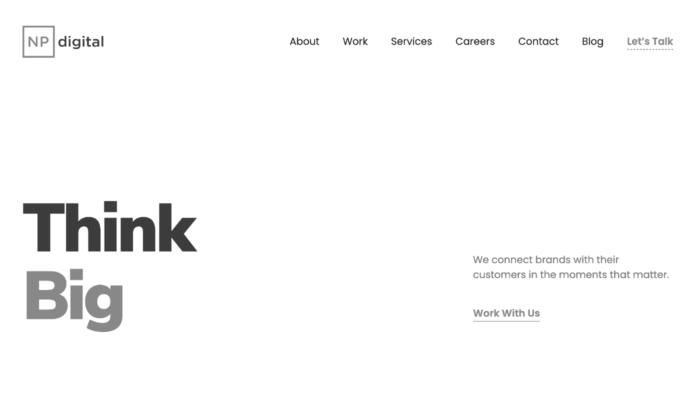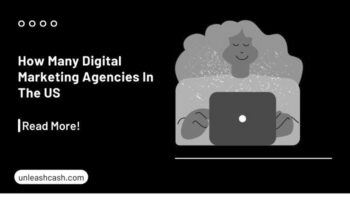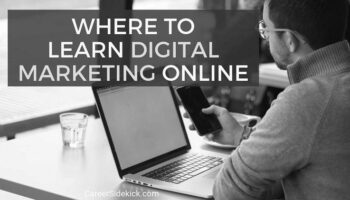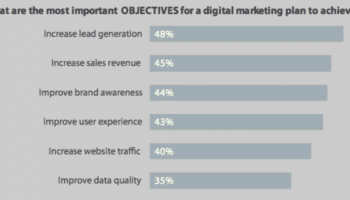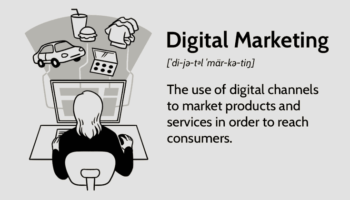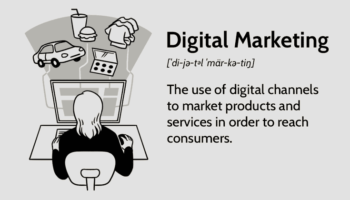Ecommerce and online marketing go hand in hand. Both involve selling and buying goods online. Digital marketing, in particular, focuses on eCommerce. This article will look at eCommerce shopping, advertising, and local marketing. Which one is right for your business?
eCommerce
There are many ways to increase the sales of your products and services online. A successful eCommerce website can attract visitors worldwide and provide a unique shopping experience. Ecommerce websites also help people find products, pay online, and deliver their purchases to their homes. For those who do not have the time to maintain a storefront, an eCommerce website can provide them with the tools they need to make sales online.
Both e-commerce and digital marketing are essential for a successful online business. But there are critical differences between the two. The first type of marketing uses traditional advertising methods such as banner ads and search engine optimization to attract potential customers. The second type of marketing utilizes new and emerging technologies to reach potential customers.
In online marketing, a business must know its target audience and display its products to them. Without e-marketing, an online business cannot reach its revenue goals.

eCommerce shopping
In the early days of the internet, online shopping was primarily a means of advertising and information. Later, it moved to actual transactions and evolved with interactive Web pages and secure transmissions. Early e-commerce businesses sold items such as wine, flowers, and chocolates. Today, however, clothing is one of the largest categories sold online.
Local marketing
One of the most critical aspects of local marketing is targeting your local customers. This allows eCommerce businesses to focus on the best prospects within a particular geographic area. In addition, this approach will enable you to offer incentives to your customers based on their geographic location. For example, if you have a warehouse or shipping facility in the area, you can offer discounted or free shipping to local customers. These incentives can help you gain new customers and increase sales.
When looking for the right marketing strategy, you can optimize for location-based businesses by using buyer personas. This helps you create a more detailed picture of your customers. The buyer’s persona will often be based on different stages in a sales cycle.
Another way to boost local marketing is to use social media. Using social media, you can create a community of followers and encourage them to share your posts. You can also host contests and giveaways for local consumers. You can also use local social media sites to gather customer feedback and ratings.
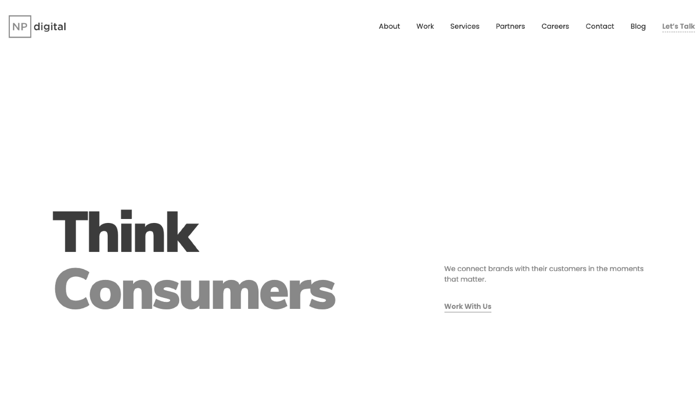
SEO
SEO, or search engine optimization, is the process of improving your eCommerce site’s visibility in search engines. With better visibility, you can draw in more customers and attention. Better visibility will lead to more sales if you sell clothes, shoes, or cars.
The first step in SEO for eCommerce is to identify your target audience. The internet is extensive, and almost half of the web traffic comes from searches. Users have different intents when they perform searches. One type is a transactional one, which means they are planning to make a purchase. SEO for eCommerce is a way to reach users and improve their shopping experience.
Remember to use long descriptions with relevant keywords when optimizing a website for search engines. In addition, acquiring backlinks from relevant websites is crucial to boosting your website’s ranking. Organic traffic is essential for eCommerce websites because visitors tend to click on the first five suggestions they see in a search.
Another critical component of SEO for eCommerce is improving site structure. Site structure has an impact on both search engine rankings and user experience. Your site’s design should be easy to navigate, with as few clicks as possible from the homepage.

Paid advertising
Paid advertising in online marketing and e-commerce is one way to reach specific segments of your audience. This approach has many benefits, including keeping your brand in touch with customers. One of the most effective forms of online advertising is email marketing. This form of advertising is effective because customers express an explicit intent to receive promotional emails. The conversion rate for promotional email campaigns was 0.10% last year, a significant increase from the previous year. However, it’s difficult for smaller brands to compete directly with large ones, so they rely on earned media and less popular paid channels.
Paid advertising is a great way to reach a targeted audience and boost sales. While SEO and sponsored content are effective, paid advertising is more targeted and efficient. Paid media allows you to buy ads on multiple platforms, increasing traffic and conversion rates. It is also a cost-effective alternative to sponsored content and SEO.
Online advertising is more flexible than print ads and allows you to target specific demographics. Most businesses pay for their advertisements in one of two ways: pay-per-click (PPC) or pay-per-mille (CPM). With PPC, you pay a one-time fee based on the number of times an ad is displayed on a page. This advertising allows you to experiment with different ads, measure their effectiveness, and set spending limits.
Instagram is an online marketing and eCommerce platform that allows brands to sell their products and services to a massive audience. By using high-quality photos and videos of their products, brands can increase their visibility and expand their reach. They can also increase their engagement and improve brand positioning. The social media site is growing, with active business accounts rising to 25 million in 2017.
To use Instagram as an eCommerce platform, you must create a business page that gives users easy access to your products. Include contact information, such as an email address or phone number. You can also use three powerful selling tools, such as Yotpo and Instagram Checkout, which transform a single link into a clickable storefront. The Instagram platform allows users to interact with products using the comment section.
When creating your Instagram page, ensure relevant hashtags support your images. Hashtags are the words used to catalog your products and pictures, and if they are suitable, they can help you reach your target audience. However, if you use the wrong hashtags, your marketing strategy can backfire.
